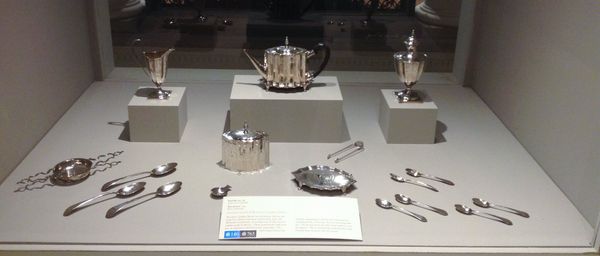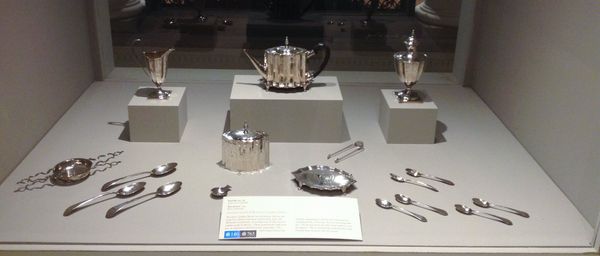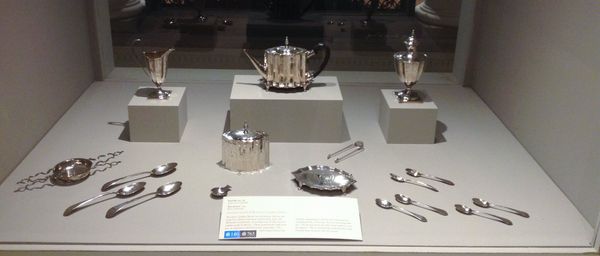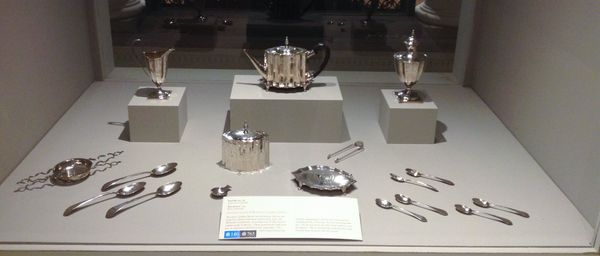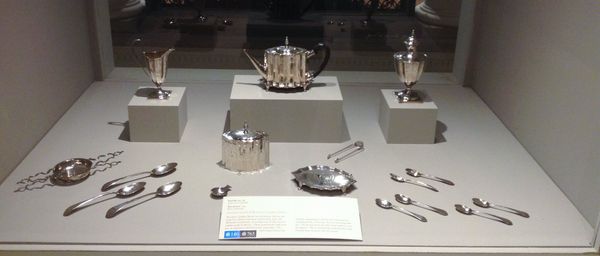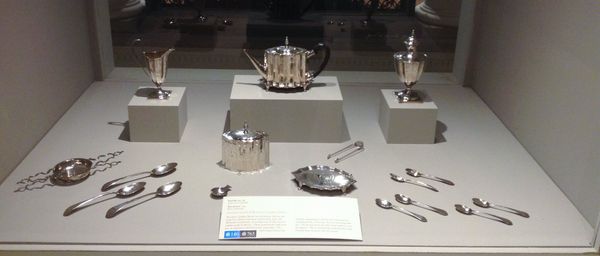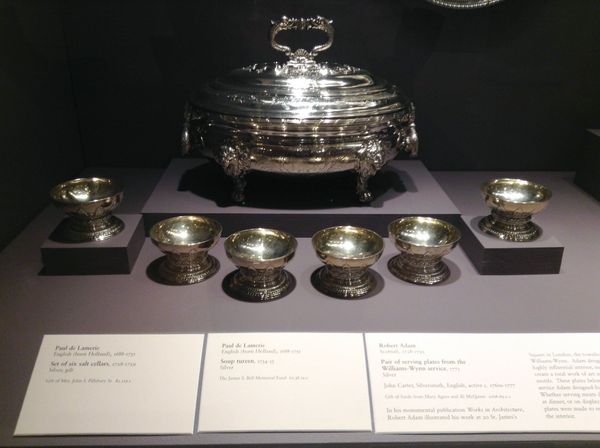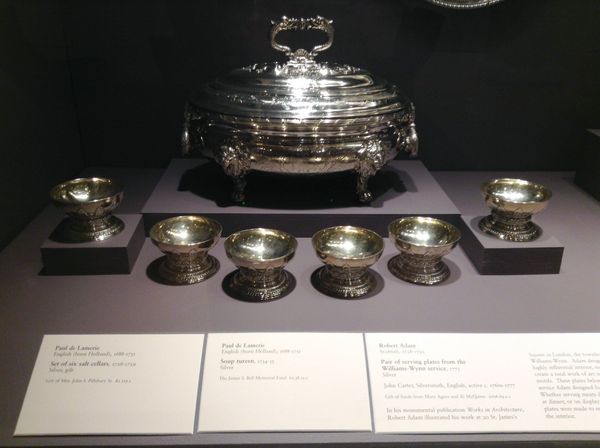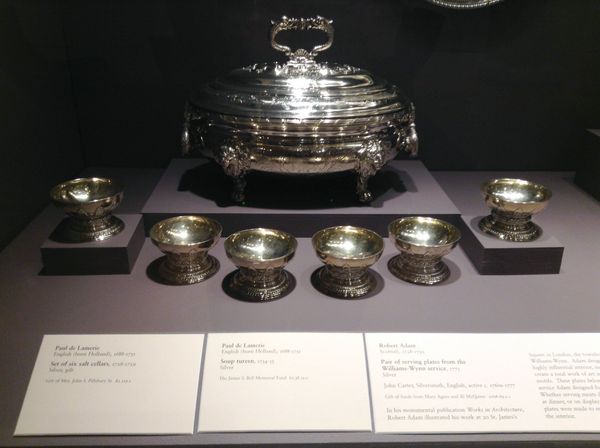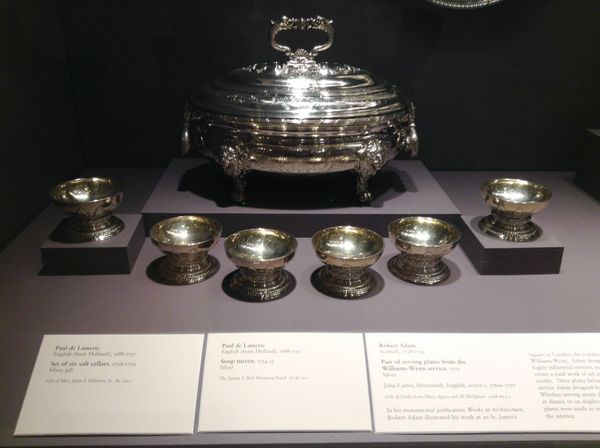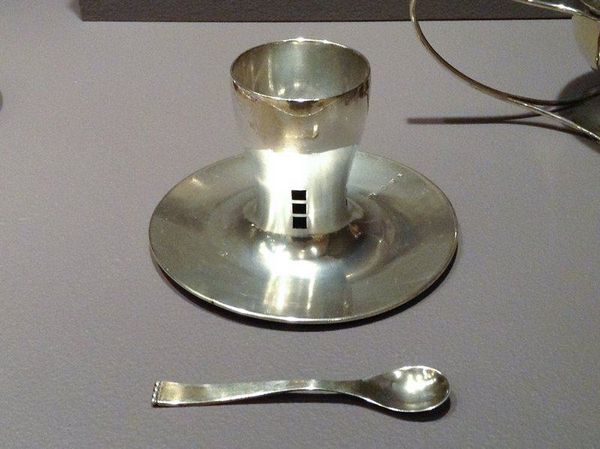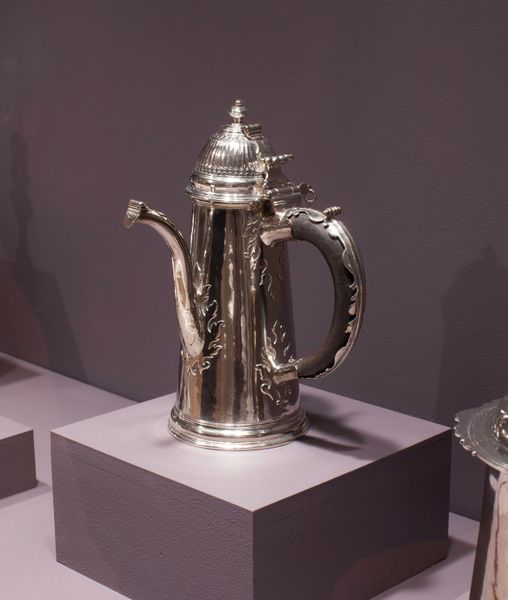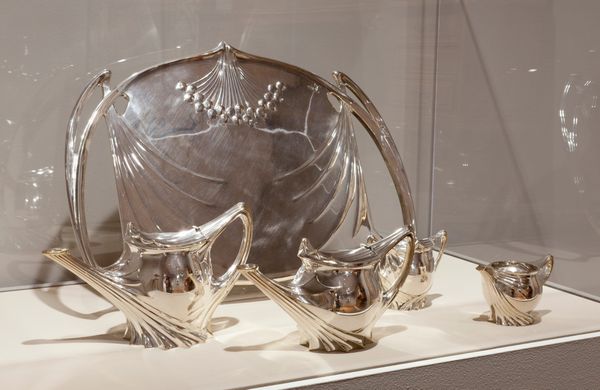
silver, metal
#
silver
#
metal
#
decorative-art
Dimensions: 5-11/16 x 1-1/16 x 7/16 in. (14.4 x 2.7 x 1.1 cm)
Copyright: Public Domain
This teaspoon was crafted by Paul Revere, a renowned silversmith and patriot of the American Revolution. The spoon is made of silver, a precious metal valued for its luster, malleability, and resistance to corrosion. Silversmiths like Revere transformed raw silver into functional and decorative objects, requiring skill, precision, and specialized tools. Consider the labor involved in extracting the silver ore, refining it, and then shaping it into this elegant form. Revere likely employed techniques such as hammering, annealing, and polishing to achieve the spoon's smooth surface and refined details. Owning silverware in the 18th century signified wealth and status, reflecting participation in a burgeoning market economy. Revere's craftsmanship catered to the tastes of affluent colonists, linking artistry with commerce. Silver wasn't just a material, but an emblem of social aspiration. Examining it allows us to appreciate the intricate relationships between craft, commerce, and social identity in early America.
Comments
No comments
Be the first to comment and join the conversation on the ultimate creative platform.
